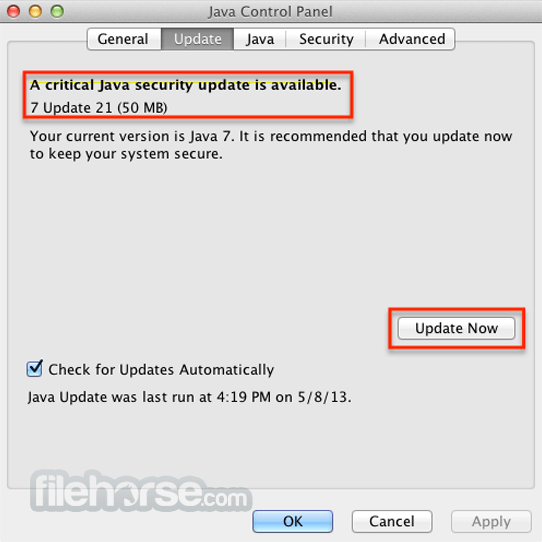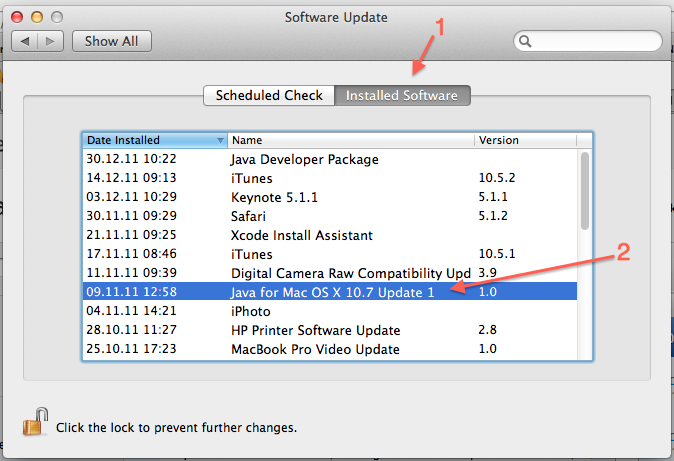

If you do not install Java before running an Adobe application, there can be missing or improperly behaving features. At runtime, when you launch an Adobe application, you are prompted to install Java if it is not already installed. Or it can be installed later before you install Adobe applications.

Adobe and Apple have worked together to ensure that you can install Java at OS install time. Since current Adobe installers and applications were built before these changes by Apple, Adobe software anticipates that Java is installed. It is now an optional install that you must select. Apple recently changed the way it includes Java in Mac OS, and with Lion, Java is no longer preinstalled. You need to open a new file ⇒ choose "Format" ⇒ "Make Plain Text" ⇒ Enter the source code ⇒ Save as " Hello.java ".Many Adobe applications depend on the Oracle Java Runtime Environment (JRE) for some features to work. (If you use Mac OS X's default text editor "TextEdit" (NOT recommended), Use a programming text editor (such as Sublime Text or Atom) to input the following source code and save as " Hello.java " under the directory " ~/myProject ".Hence, this new directory can be referenced as " ~/myProject ". In Mac OS X, the home directory of the current user canīe referenced as " ~ ". Create a directory called " myProject " under your home directory (Launch "Finder" ⇒ "Go" ⇒ "Home" Select "File" ⇒ "New Folder" ⇒ " myProject ").Display the location of Java Runtime which java Display the location of Java Compiler which javac Display the JDK version javac -version To verify your installation, open a "Terminal" and issue these commands.Follow the screen instructions to install JDK/JRE. Double-click the downloaded Disk Image (DMG) file.Under "Java Platform, Standard Edition" ⇒ "Java SE 11.0.Then, proceed to "Step 3: Write a Hello-world Java program". If message "To open javac, you need a Java runtime" appears, select "Install" and follow the instructions to install JDK.If message "command not found" appears, JDK is NOT installed.If the JDK version is prior to 1.8, proceed to Step 2 to install the latest JDK otherwise, proceed to "Step 3: Write a Hello-world Java If a JDK version number is returned (e.g., JDK x.x.x ), then JDK has already been installed.To check if JDK has been installed, open a "Terminal" (Search "Terminal" or Finder ⇒ Go ⇒ Utilities ⇒ Terminal) and issue this command: javas - version

Step 1: Check if JDK has been Pre-Installed


 0 kommentar(er)
0 kommentar(er)
